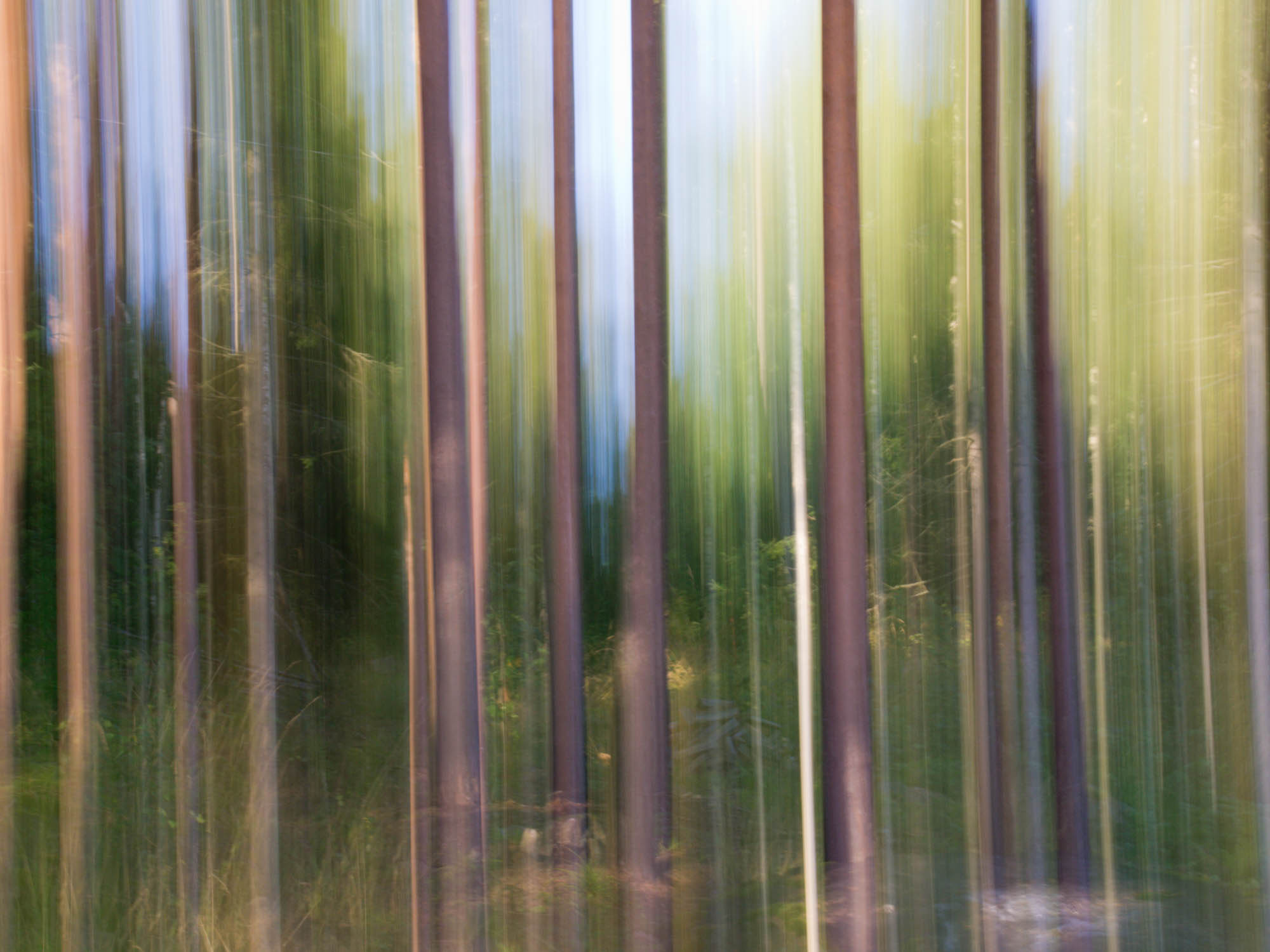
The Secrets of Recreating Reality – it’s all in the Mind
26th August 2020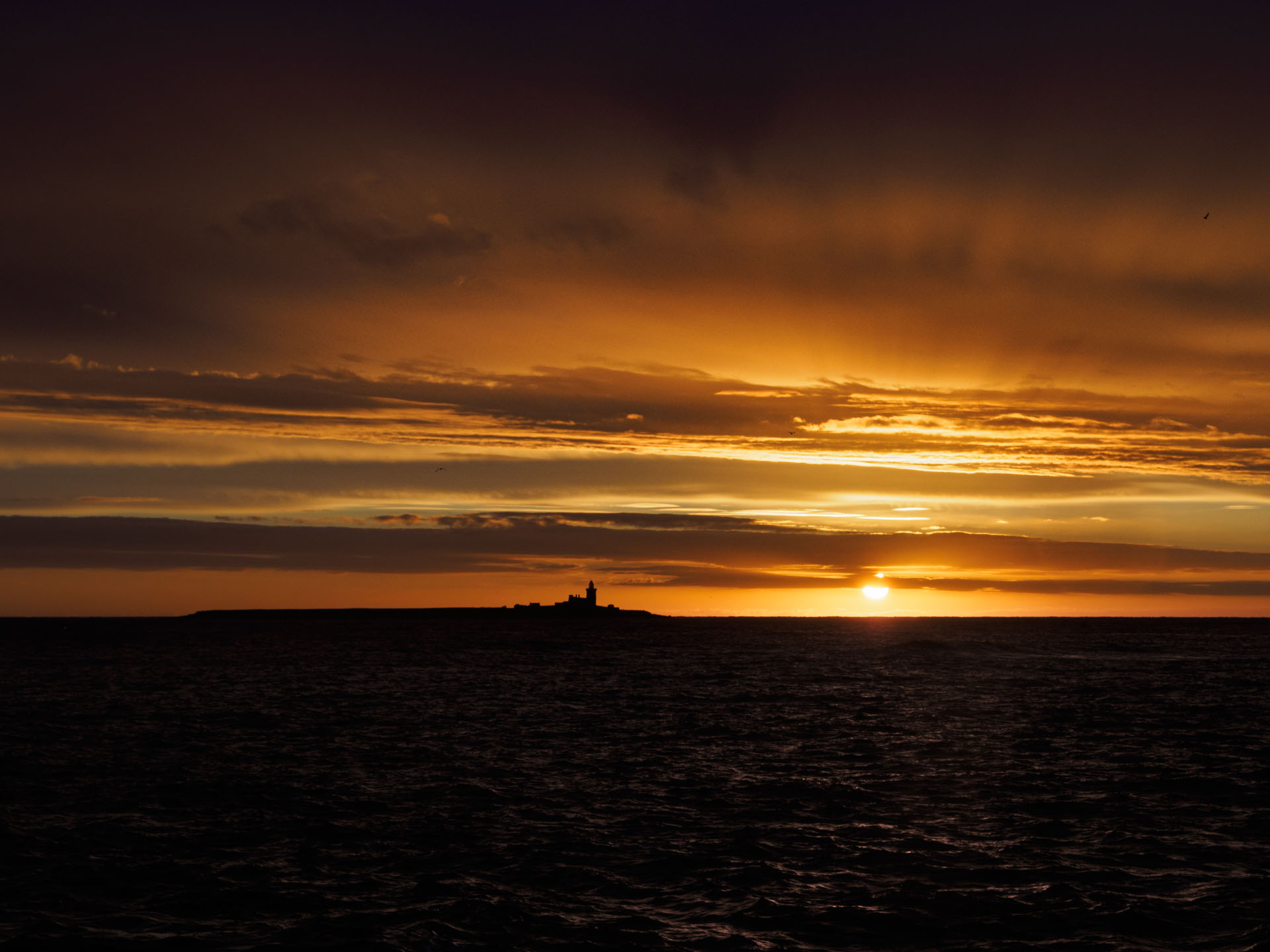
Websites Time
10th February 2021True love for storm photography.
Would you shoot a storm? Storms are superb for landscape photography and they need careful preparation.
By mutual agreement, I postponed a workshop with a couple of clients on Friday. My Olympus cameras are both weather sealed, as are my lenses. Alas, there’s aren’t. Consequently, mine are ideal for working at the coast. Salty sea spray and blown sand are otherwise camera killers and the last thing I would like to happen is for their lens motors to seize or the electronics to corrode. Furthermore, Friday’s wild conditions were not ideal for teaching and learning. Never happy to put off work, I made the most of the cancelled lesson time even so.
The more unusual the light, the better the photo. That’s a general rule of thumb I stick to and it’s why I have a cacoethes for heading out in inclement weather with my camera. The low late afternoon sun ducked in and out from behind heavy black clouds, propelled by the vicious northerly winds. Donning my windproof jacket, and with my favourite hat pulled down over my ears, I headed down to the pier to brave everything that the tempest could throw at me.
Arriving at the end of the pier, the wind was so strong, all I could hear was it howling and the pounding of the waves. It was an effort standing up. But I got some good shots nevertheless.
However, things can easily go awry in a storm and, this time, not everything went as I intended.

Preparing for the Weather
The winds were gusting well over 50MPH. Although rarely necessary in daylight, I took the larger of my two tripods, a well-worn, old and robust Manfrotto Gruppo, for added stability. I needed it especially when shooting with the GOBE ND1000 filter attached. Additionally, a lens cloth was tucked in a plastic bag in my pocket. I knew I would only be out for a while, so I didn’t even bother taking a spare battery. I try to take minimal kit with me on a shoot now, taking full advantage of the smaller size and lighter weight of my Olympus camera.
The correct clothing is essential for shooting in any weather, but especially in extreme conditions. I have a softshell fleece shower and windproof hoody jacket I wear on a lot of my shoots. Although relatively lightweight it’s warm and has deep pockets. Despite the wind, It wasn’t that cold, so I used a pair of cargo pants with plenty of pockets. My outdoor shoes have rubber soles, which are great for gripping slippery, wet surfaces. Finally, on my head, I had my favourite Olympus Golden Light Beanie Hat. I nearly always wear a hat on a photo shoot to help protect me from the sun, the cold or flying debris in the wind.
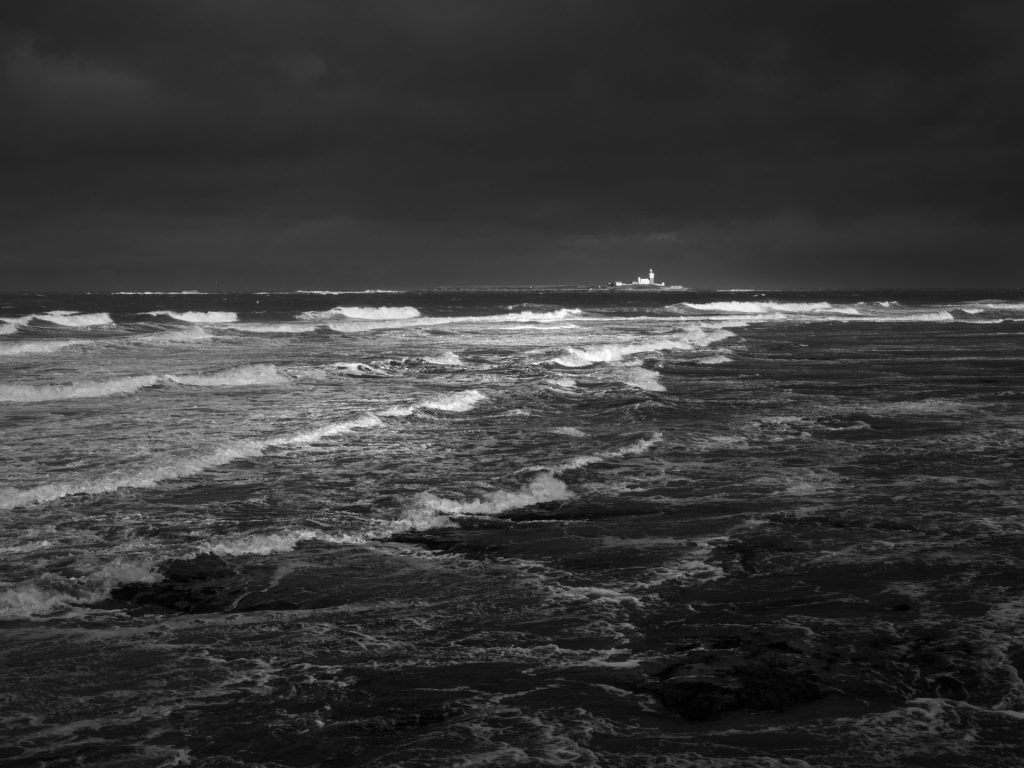
Shooting the Storm
Northerly winds do bring bigger seas here. However, the waves don’t get as huge as they do along other coastal areas of the UK as it is relatively shallow along Northumberland’s shores. Despite this, I didn’t go at high water as the waves can break across the pier and breakwater even during neap tides; I had no desire for a soaking.
Even so, the spray in the air made me and the camera and lens wet, so it did curtail my shooting.
Although the camera was mounted on my bomb-proof tripod, I was still holding it down. The wind was pushing it across the ground if I let go, despite the legs being opened up wide and used at their lowest height much of the time. Yet, even then the camera was “flagging”, vibrating in the stormy winds. I’ve only ever had this happen before when using a long lens and have stopped it by removing the lens hood. In spite of me taking the lens hood off, the camera still vibrated. I wanted to capture some long exposures. Was this going to be a problem?
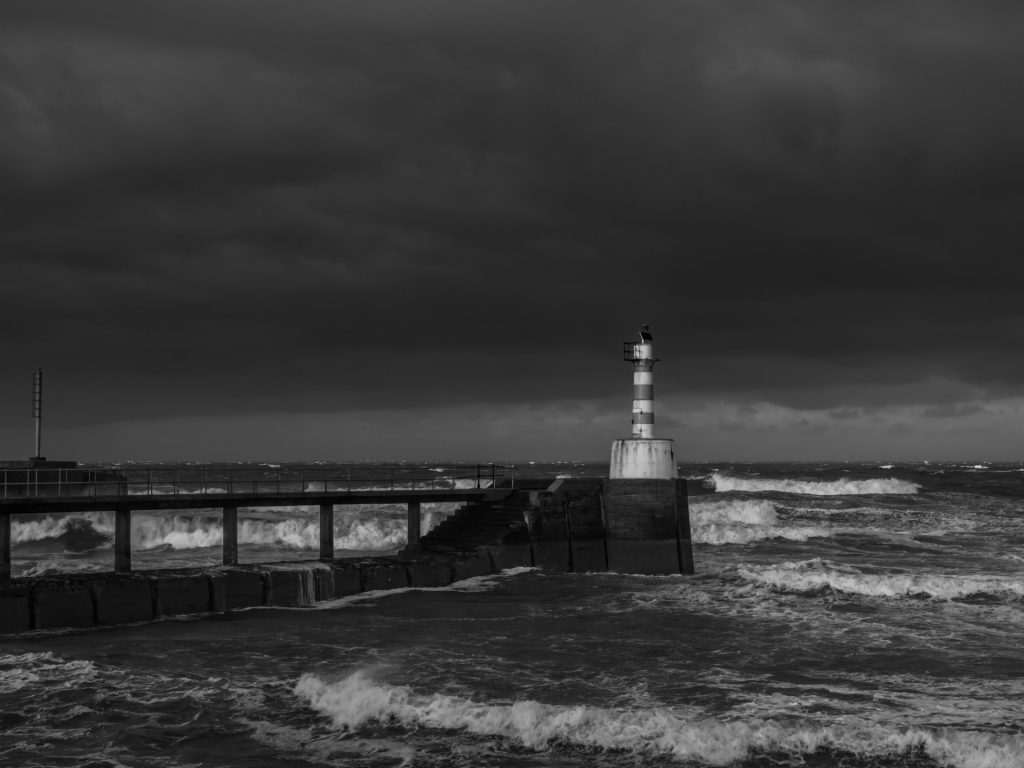
The secrets of shooting storms
The advice given by Olympus is to turn the excellent in body image stabilisation (IBIS) off when using the camera on a tripod, but I have always found that left in auto it switches itself off. In this case the IBIS managed to counter the effects of the flagging and I got some pin sharp images, even with longer exposure shots.
The light kept coming and going behind the fast moving clouds. This was great for high contrast images and I under-exposed several of the shots to acquire deep shadows and to bring the highlights into the middle of the histogram. These low-key techniques are great for adding atmosphere to pictures.

Then something bad happened!
As the saying goes, worse things happen at sea. An enormous gust took my new Olympus Golden Light Beanie off my head. The last I saw of my favourite hat, it was blowing out to sea, strangely defying both the wind direction and the incoming tide. It was only my third time of wearing it, but I really liked that hat. I must get another.
It could have been worse and my camera could have ended up in the waves. It was a reminder though that in a severe storm anything can happen and although proper preparation can minimise the risk of something bad occurring, things can go wrong.
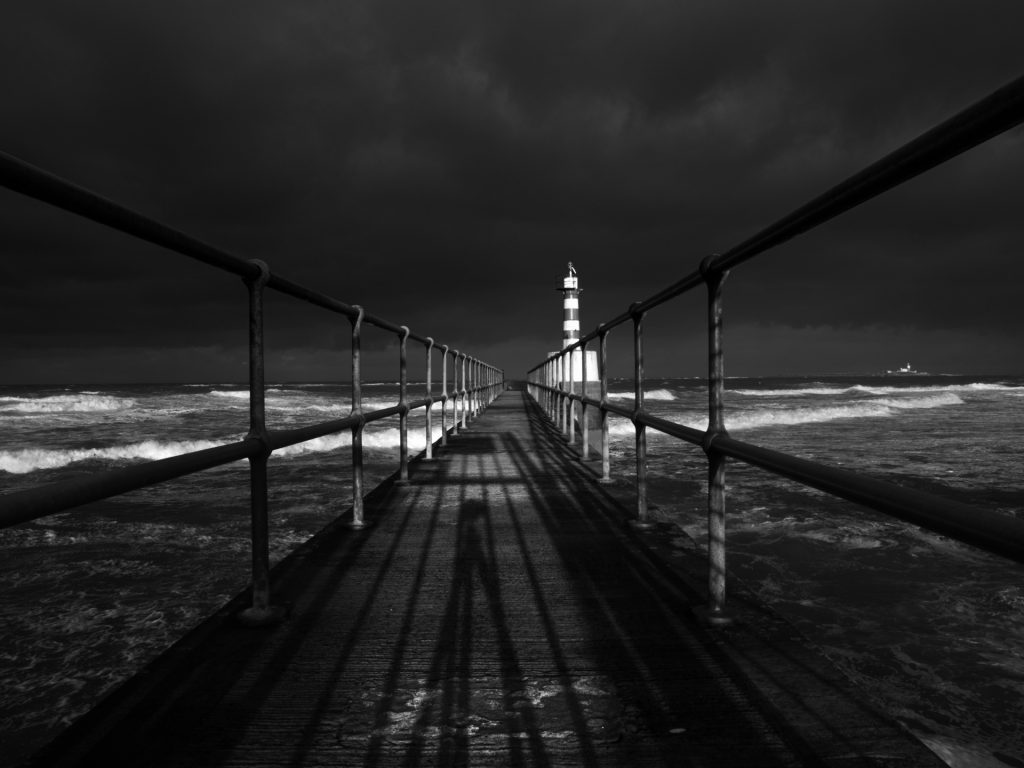
I hope you enjoyed this blog post. If you did, please click on the blue heart to let me know. I would be over the moon if you leave a comment and tell me about your stormy photographic experiences. Or, ask me a question if there is more you would like to know.

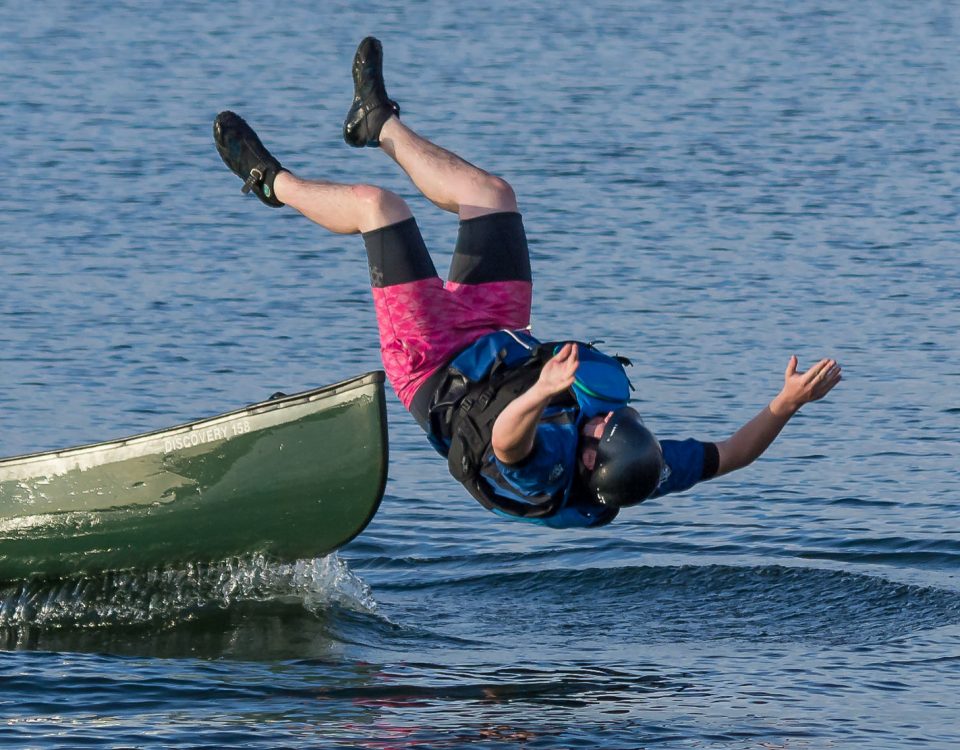
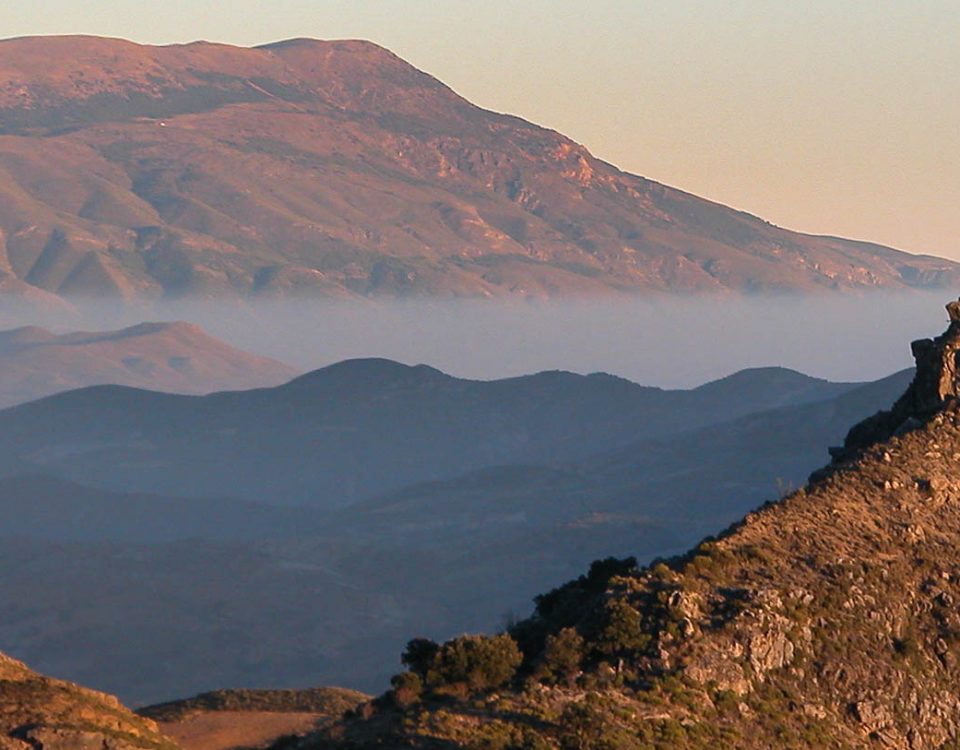
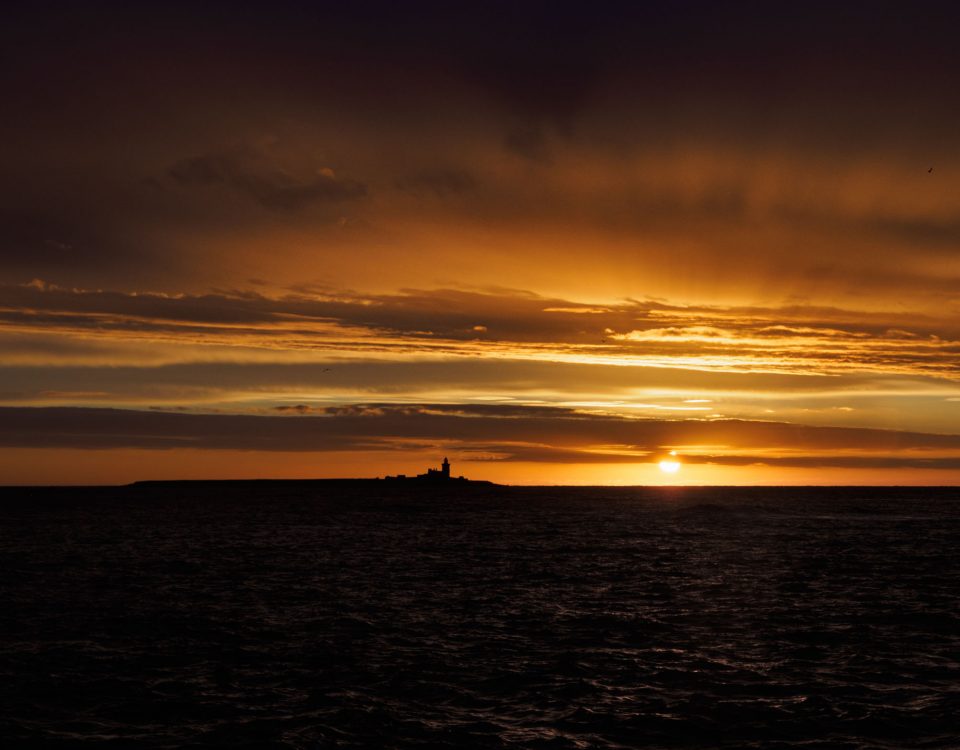
2 Comments
Like this stormy black/white imgages
Bernhard
Many thanks Bernhard. I hope you have a happy New Year!